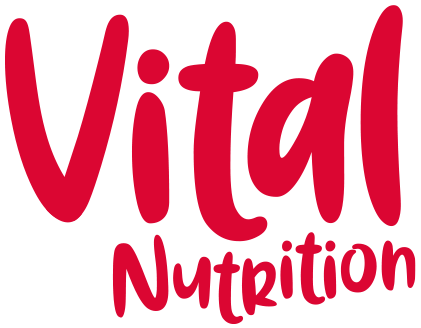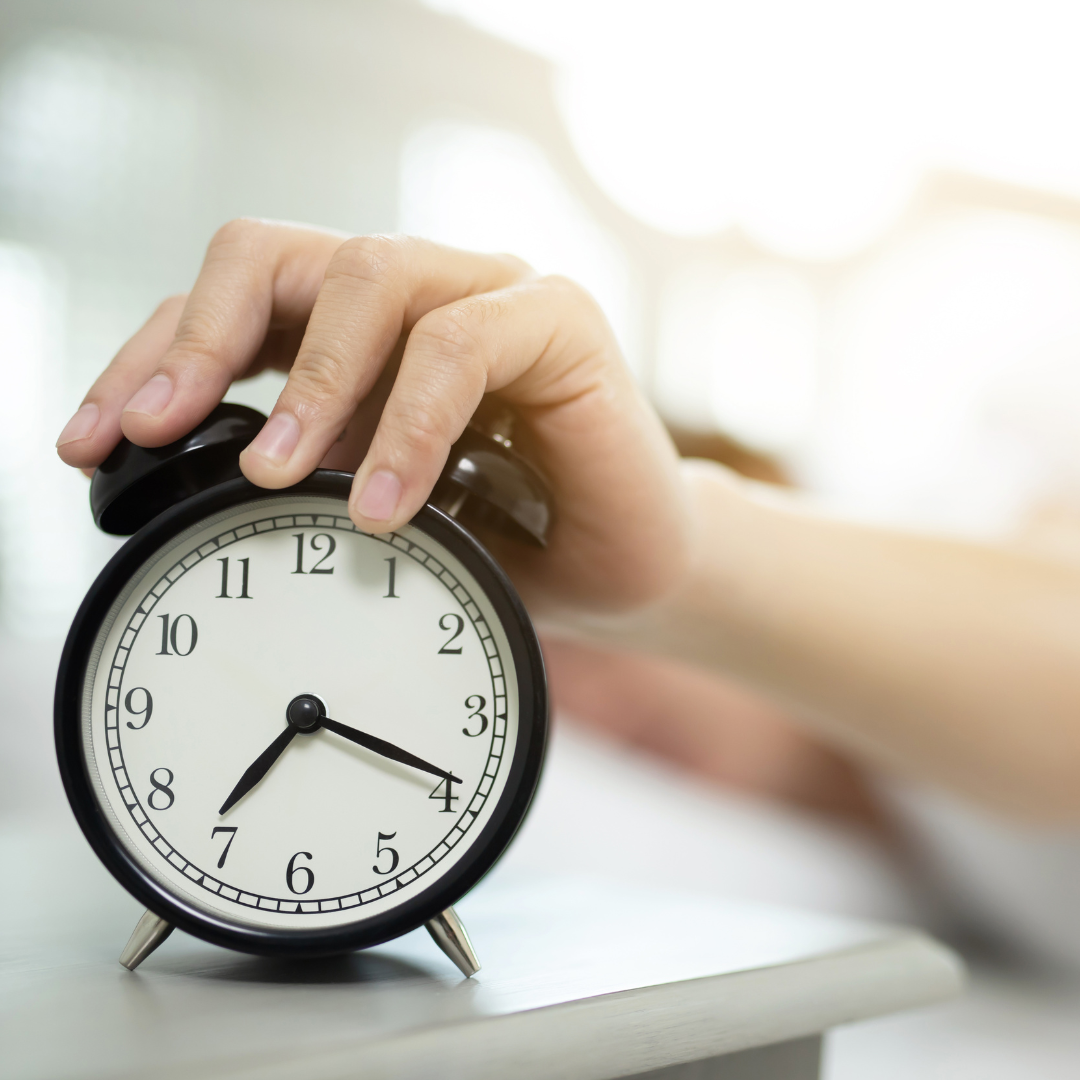Do you need a little pep in your step?
Do you hit the snooze button a few times before you make it out of bed? Need a little caffeine kick to get you through the day? Are you reaching for sugar as a quick energy fix to keep you going through the afternoon?
Sugar, caffeine and refined carbs will give you an energy boost, but we all know that it is short-lived and before you know it, you’re heading for the biscuit tin again.
If you want to make a difference to your energy levels, there is an easier way than the sugar and caffeine quick fix.
1. Build a better breakfast
Take a cruise down the breakfast cereal aisle and you are bombarded with health messages. From protein fuelled to no added sugar, most breakfast cereals will give you a quick kick in blood sugar and then leave you wanting more.
If you start your day with one of these highly refined, high sugar cereals, the chances are you are going to run out of steam by your mid-morning break.
Of course the manufacturers of these breakfast cereals and bars want you to think they are wonder foods, so you will need to be a savvy shopper to work out whether your regular brekkie is a decent choice or is more likely to rock your blood sugar, energy and mood.
Here’s how:
Take a closer look at the back of the pack and check out the nutritional information panel. Choose a cereal with a sugar level of 5g per 100g or less. A no added sugar granola might have 22g sugar per 100g, or your bran flakes could be loaded with 16g sugar per 100g. That’s the sugar equivalent of eating biscuits for breakfast, no matter what the health claims are on the front of the pack.
Choose something that says ‘low sugar’ - legally this has to contain less than 5g sugar per 100g. A low sugar granola, weetabix or porridge are better options.
Adding a pop of protein to your breakfast will make a big difference to your energy levels. A tablespoonful or two of milled seeds (Linwoods are a local brand and one of my food heroes!), a dollop of natural yoghurt or a handful of nuts will do the trick.
Don’t forget to add some fruit, so you start your day with at least one of your five a day. Choose lower sugar fruit like berries (fresh or frozen), grated apple, pears or kiwi.
2. Keep well hydrated
The first sign of dehydration can be fatigue, so keep your fluid levels topped up. Start your day with some water, or a herbal tea, keep a bottle of water on your desk and sip throughout the day and aim for about one and half litres of water a day. See how you feel when you hit your daily recommended intake.
3. Prioritise protein
Notice the difference to your energy and appetite when you add a little more protein to your plate. I’ve got you covered at breakfast with the ideas above, but at lunchtime this could mean choosing a bean or lentil based soup, or an omelette, or packing a wholemeal pitta pocket with chicken or tinned fish and some seasonal salad.
Dinner could be based on meat, fish, chicken or pulses. Aim for a portion that is the equivalent to a quarter of your plate.
4. Swap your carbs
Make the switch to higher fibre carbs for more sustained energy. White rice, white pasta and white bread might be an easy option, but your energy levels will soon hit the decks if this is your regular choice. Fibre slows down the sugar release of these foods, keeping you feeling fuller for longer and helping to sustain your energy levels.
5. Get outside in daylight!
I know it is tempting to hibernate as the days get darker, but this is when we need to prioritise being outside even more. Exposure to morning light can make a big difference to your energy and mood at this time of year, and could even help you get a better nights sleep.

